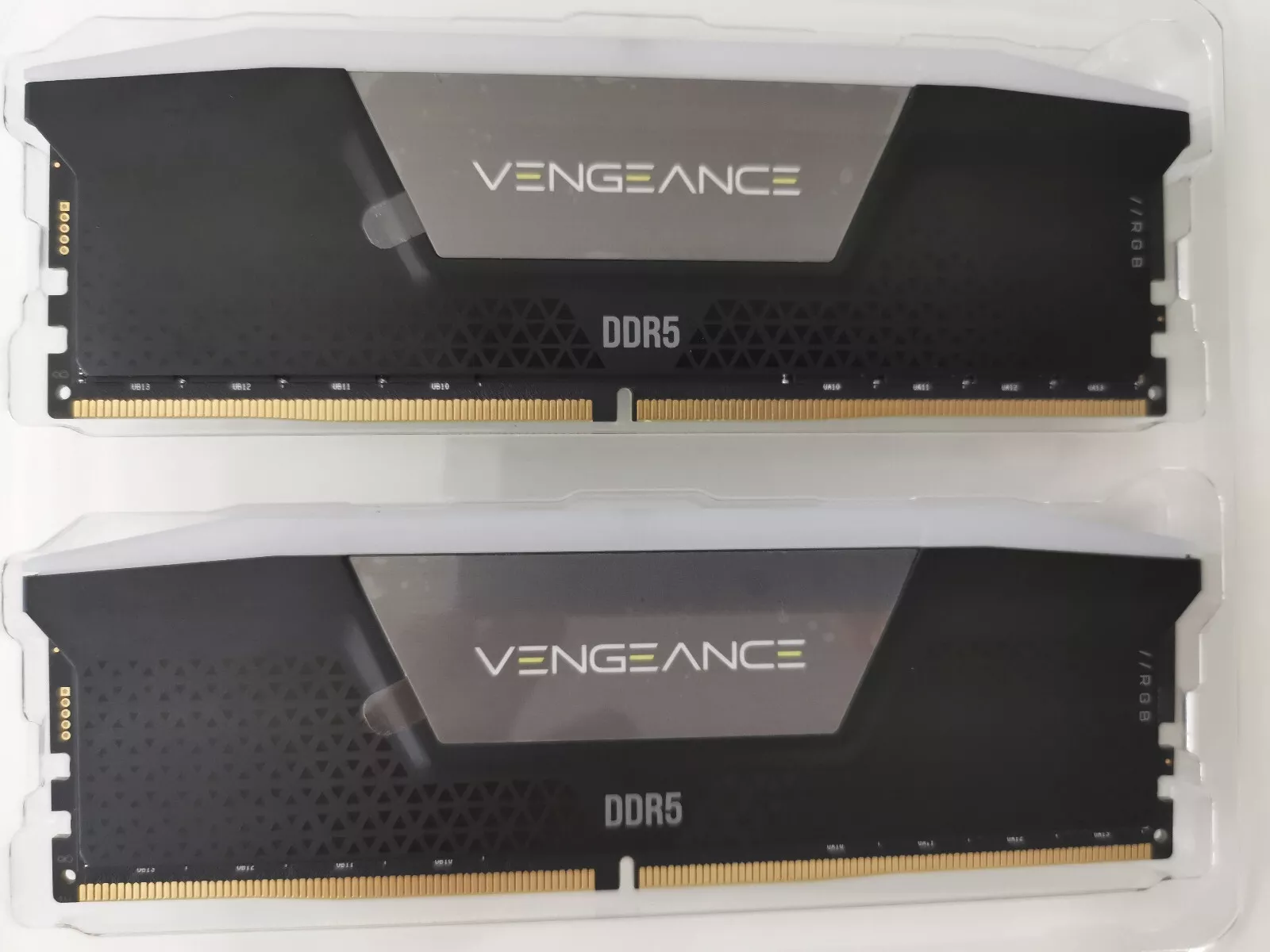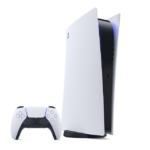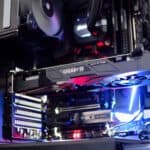If your Windows 11 PC is running slowly, it may be due to inefficient RAM usage. Understanding how your system utilizes memory is essential for improving its performance. In this guide, we will explain how to identify high memory usage on Windows 11, common causes of RAM “leaks,” and effective ways to reduce RAM usage. We’ll cover everything from closing unnecessary applications to adjusting system settings. Additionally, you’ll find bonus tips for managing your RAM effectively.

Taming Your RAM: How to Reduce RAM Usage in Windows 11
Is your Windows 11 PC feeling sluggish? High RAM usage can significantly impact your computer’s performance. Here’s how to identify RAM hogs and reclaim those precious gigabytes.
1. Identify the Culprits
- Task Manager is Your Friend: Press Ctrl + Shift + Esc to open Task Manager. Click “More details” to see the full view. The “Processes” tab shows you which apps and services are using the most RAM.
2. Close Unnecessary Programs
- The Obvious Offenders: Close any apps, browser tabs, or games you’re not actively using. Modern web browsers can be surprisingly RAM-hungry.
3. Limit Startup Programs
- Stop Apps from Launching at Startup: In Task Manager, go to the “Startup apps” tab. Disable any programs you don’t need running as soon as you log in.
4. Check for Malware
- Hidden Threats: Malware can consume significant system resources. Run a full system scan with your antivirus software.
5. Adjust Virtual Memory
- Let Windows Manage It: Windows 11 usually handles virtual memory well, but you can fine-tune it. Search for “Advanced system settings” and go to the “Performance” settings. In the “Advanced” tab, click “Change” under Virtual memory. Generally, it’s best to let Windows automatically manage the paging file size.
6. Uninstall Unused Software
- Digital Clutter: Uninstall programs you no longer use. They might have background processes that consume RAM.
7. Upgrade Your RAM
- The Hardware Solution: If you consistently run out of RAM, consider adding more. Check your PC’s specifications to see the maximum RAM it supports and the type of RAM it uses.
8. Optimize Browser Extensions
- Helpful But Hungry: Browser extensions can be useful, but too many can bog down your system. Disable or uninstall any extensions you don’t need.
9. Run Disk Cleanup
- Free Up Space: Search for “Disk Cleanup” and run the utility. This can remove temporary files and other unnecessary data, which can indirectly improve performance.
10. Windows Updates
- Stay Current: Make sure Windows 11 is up to date. Updates often include performance improvements and bug fixes that can optimize RAM usage.
11. Consider ReadyBoost (For Older PCs)
- Give Your System a Boost: If you have an older PC with a slow hard drive, ReadyBoost might help. This feature lets you use a USB flash drive as a supplemental memory cache.
By following these tips, you can reduce RAM usage in Windows 11 and enjoy a smoother, more responsive computing experience.
How To Reduce RAM Usage In Windows 11
| Method | Description |
|---|---|
| Restart Your PC | This frees up any RAM used by temporary processes. |
| Close Unnecessary Apps | Check Task Manager for programs you aren’t using and end the tasks. |
| Disable Startup Apps | Stop programs from automatically running at startup. |
| Uninstall Unused Programs | Remove software you don’t need to free up space and RAM. |
| Reduce Background Apps | Prevent applications from running silently in the background. |
| Update Software | Updates often include bug fixes and performance improvements. |
| Consider a Different Browser | Some browsers use less RAM than others. |
| Disable Browser Extensions | Extensions can consume RAM, especially if you have many active. |
| Adjust Visual Effects | Reduce animations and transparency for a performance boost. |
| Manage Virtual Memory | Adjust virtual memory settings if you have enough storage space. |
| Scan for Malware | Malware can use system resources, so a scan can help free up RAM. |
Key Takeaways:
- Close unnecessary apps and services to reduce RAM usage on Windows 11.
- Adjust system settings for best performance to optimize RAM usage on Windows 11.
- Increase virtual memory and scan for viruses to further manage RAM usage on Windows 11.
Understanding Memory Usage on Windows
Have you ever noticed your computer slowing down, especially when you’re trying to do a bunch of things at once, like playing a game or editing a video? This could be due to how your computer uses its memory, particularly if you’re using the Windows 11 operating system. Let’s break this down in a way that’s easy to grasp, especially if you’re in middle school.
Ever wonder why your computer sometimes feels sluggish? It could be because it’s running low on memory (RAM). RAM acts like your computer’s short-term memory, keeping things you’re actively using readily available.
Thankfully, Windows 11 has built-in tools to help you keep an eye on RAM usage. The Task Manager shows you exactly how much memory is being used and by what programs. This lets you close any unnecessary apps that might be hogging resources.
There are also tools like MiniTool’s Memory Diagnostic Tool that can take things a step further. These can help identify hidden memory issues, like programs that are leaking memory or using more than their fair share.
What Is Memory Usage?
Think of your computer’s RAM (Random Access Memory) as its short-term memory. It’s like the desk you do your homework on: the bigger the desk, the more books, notebooks, and gadgets you can have open and use at the same time. Similarly, the more RAM your computer has, the more programs it can handle simultaneously without getting bogged down.
Why Does It Matter?
When you launch a program on your Windows 11 computer, it uses some of this RAM. This is because it’s much faster for your computer to get information from RAM than from its hard drive. Imagine if every time you needed a pencil, you had to go down to the basement and dig through a box to find one. That’s kind of like your computer having to get information from its hard drive. Keeping pencils on your desk – or data in RAM – makes things much quicker.
However, just like a desk can only hold so much, there’s a limit to how much your computer’s RAM can hold. When it gets filled up, your computer has to start juggling data, which can slow things down. This is particularly noticeable when you’re doing something that needs a lot of memory, like playing the latest video game or editing a big video file.
So, What’s the Big Deal with Windows 11?
Windows 11 is designed to be smart about how it uses RAM. It tries to make sure that the most important programs get the memory they need. But even then, if you’re trying to do too many things at once, or if a particular program is a memory hog, you might notice everything starting to drag.
Imagine you’re trying to do homework, eat dinner, watch TV, and chat with a friend at your desk all at once. Even if it’s a big desk, things are going to get cramped, and you won’t be as effective. That’s what happens when your computer’s memory is full.
Why Should You Care?
Keeping an eye on memory usage can help you understand why your computer is slow at times. It can also guide you in making decisions, like closing some programs you’re not using or even upgrading your RAM if you constantly find yourself running out of space. Just like sometimes you need a bigger desk or have to clean up your workspace to be more productive, understanding and managing your computer’s memory can make your experience smoother and more enjoyable.
Identifying High Memory Usage on Windows 11
Identifying High Memory Usage on Windows 11 is often done through tools like Task Manager. Excessive memory consumption leads to sluggish performance, system crashes, and unresponsive applications, making it essential to proactively manage memory usage. Monitoring memory utilization provides valuable insights into how different processes impact system resources, allowing users to identify potential bottlenecks and optimize system performance.
Task Manager, a built-in Windows utility, offers a user-friendly interface to track memory usage. By accessing the ‘Performance’ tab, users can view real-time data on memory utilization, including which applications are consuming the most memory. Specialized diagnostic tools like Resource Monitor and Performance Monitor provide more in-depth analysis of memory usage patterns, helping users pinpoint underlying issues affecting system performance.
Checking Memory Usage on Windows 11
Checking Memory Usage on Windows 11 involves accessing the Task Manager to view real-time data on RAM utilization by processes and applications.
Once you open Task Manager, navigate to the ‘Performance’ tab and select ‘Memory’ on the left pane. Here, you can observe various metrics such as ‘In Use’, ‘Available’, ‘Cached’, and ‘Committed’ memory. ‘In Use’ indicates the amount of RAM currently being used, while ‘Available’ shows the free memory ready for use. ‘Cached’ memory is stored data for quick access, and ‘Committed’ memory is the virtual memory reserved by the system.
Common Causes of High Memory Usage
Common Causes of High Memory Usage in Windows 11 include resource-intensive applications, background processes, and memory leaks that impact system performance.
Resource-intensive applications, such as graphic design software or games, often demand a significant amount of RAM, especially if multiple are running concurrently. These programs may not release memory properly after use, contributing to high RAM usage over time. Background processes, like system updates, antivirus scans, or cloud syncing services, can silently consume memory even when not actively used by the user. Combined with memory leaks, where applications fail to release allocated memory properly, these factors can lead to a gradual buildup of memory consumption.
Methods to Reduce RAM Usage on Windows 11
Reducing RAM Usage on Windows 11 can be achieved through various optimization techniques, such as adjusting system settings, scanning for malware, and optimizing CPU usage.
Another effective strategy to mitigate RAM consumption on Windows 11 is cleaning up the Registry. Over time, the Windows Registry can become cluttered with obsolete entries, which can impact system performance and RAM usage. Conducting regular Registry clean-ups using reliable software can help streamline the system and free up valuable RAM resources.
Utilizing Windows Defender to scan and remove malware is crucial in maintaining an efficient system. Viruses, spyware, and other malicious programs can hog system resources, including RAM, leading to slowdowns and potential security risks. Regular scans and updates to Windows Defender can safeguard your system and contribute to lower RAM usage.
Shutting Down Non-Essential Apps
Think of your computer’s memory as your backpack. Just as you wouldn’t carry around books you don’t need, your PC shouldn’t be bogged down with unnecessary programs. The Task Manager in Windows 11 is like your backpack’s organizer, showing you what’s taking up space. Pressing ‘Ctrl + Shift + Esc’ brings up this handy tool, letting you see and end the apps that are just loafing around, eating up memory.
Trimming Down Startup Apps
You know how your morning routine sets the tone for your day? The same goes for your PC when it starts up. Disabling apps that automatically run at startup can give your computer a breezier beginning, saving memory for the stuff you actually need. The Task Manager again comes to the rescue, letting you pick which apps get a ticket to the startup show.
Defragging: The Computer Clean-Up
Defragmenting your hard drive might sound complex, but it’s just like tidying up your files and folders so your computer can find things faster. In Windows 11, this process helps make memory access quicker, a bit like putting all your school books in order for easy grabbing.
Disabling SysMain: A Quick Fix
SysMain, or Superfetch, is like a well-meaning friend who tries to guess what you’ll need next but doesn’t always get it right, using up memory in the process. Turning it off can free up some of that memory, but keep an eye on how your PC behaves afterward to make sure everything’s still running smoothly.
Adjusting for Best Performance
Diving into the settings, you can adjust how your PC uses memory, prioritizing important tasks or saving some energy. Tweaking virtual memory and power plans can give your computer an extra pep in its step when dealing with big tasks.
Virtual Memory: An Extra Boost
When your computer runs out of RAM, it borrows space from your hard drive, creating virtual memory. You can adjust how much space it borrows, ensuring it has enough room to handle everything you throw at it.
Registry Tweaks: Handle with Care
Tinkering with the registry can be like adjusting the engine of your car: it can lead to better performance, but you need to know what you’re doing. Adjusting settings for memory management here can be powerful, but it’s best to proceed with caution and knowledge.
Stay Safe from Viruses
Just like you wouldn’t want a virus slowing you down, your computer feels the same way. Regular checks for malware can keep your system running smoothly, preventing any nasty bugs from eating up your memory.






